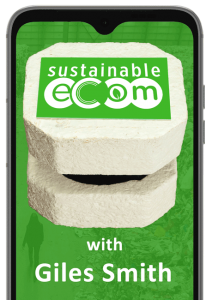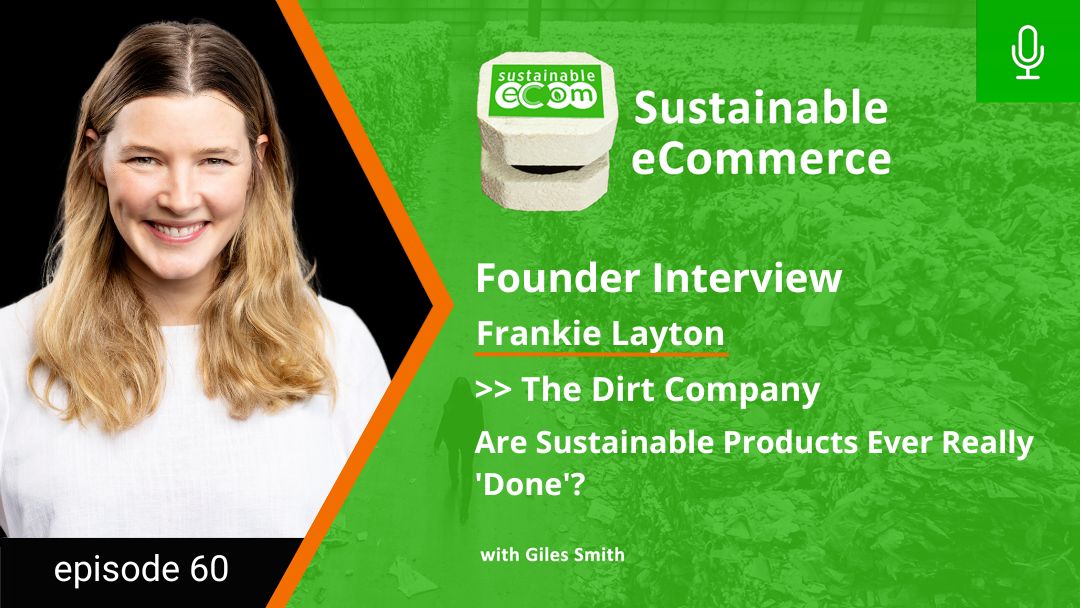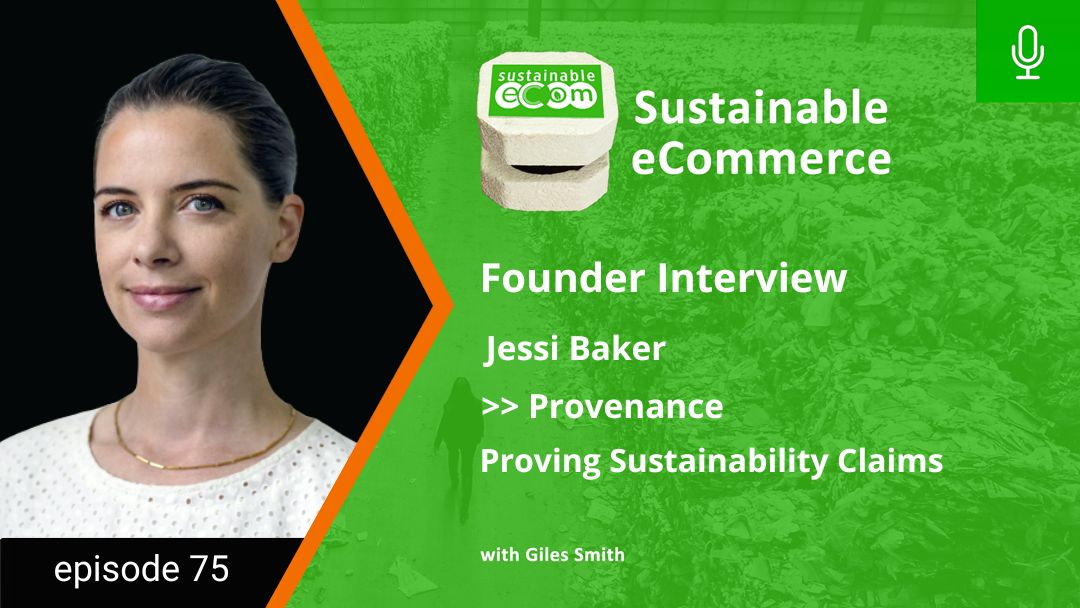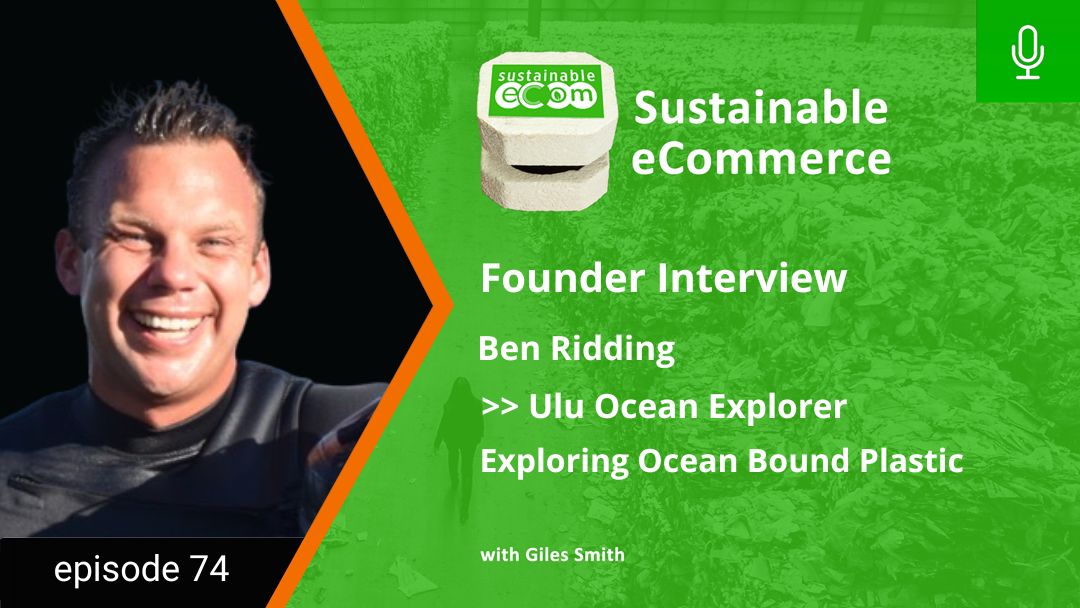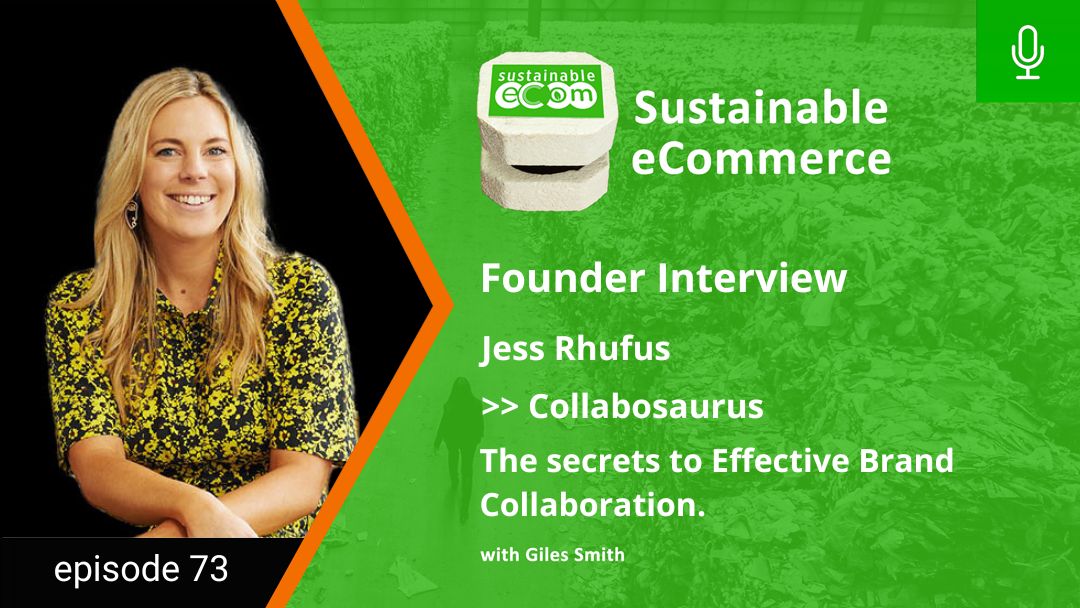Sustainable Ecommerce Podcast Episode 60
Frankie Layton is the founder of the Dirt Company, among the earliest of this new breed of brands in the laundry and home cleaning space truly redefining what it means to be sustainable in this category.
As a founder of an early stage brand, it can be so confusing to know the best pathways to grow and evolve, but reflecting back on this conversation with Frankie I’m forced to concede that if I were starting a sustainable brand from scratch, I would approach it just like Frankie did. If I was designing and improving new products, I would follow Frankie’s methodology. If I was leading a DTC brand really looking for better ways to operate, I would try to live up to Frankie’s commitment and finally if I wanted a shining example of how to ensure my brand’s Purpose was congruent end to end, I can think of few better brands to model out.
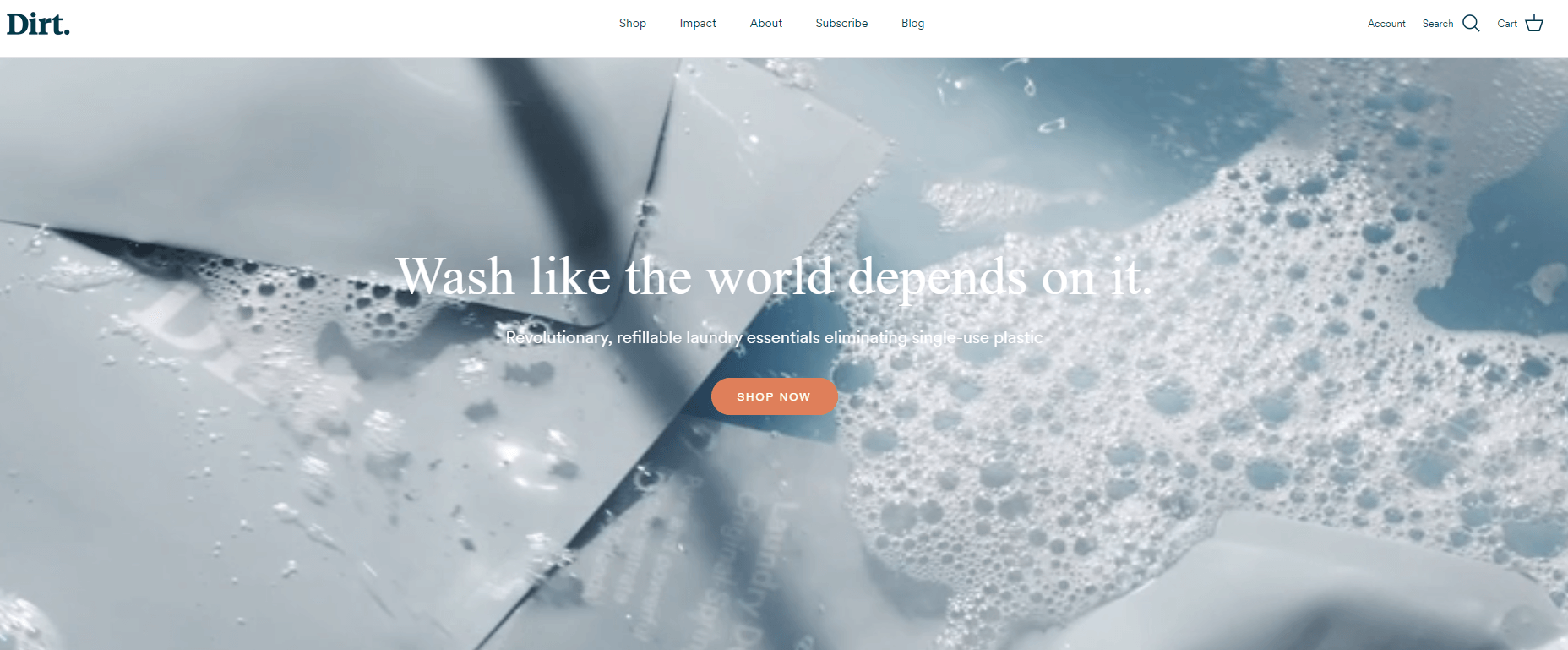
About Frankie & Origins of The Dirt Company
Frankie Layton is the founder of the Dirt Company, an Australian brand making home laundry products more sustainable. But she didn’t start out to make laundry powder! The origins of Dirt can be traced back to 3 separate epiphanies. Firstly, Frankie spent time before University as a crew member on a luxury cruise ship where she was exposed to some of nature’s most raw beauty on the seas, but equally some of the uglier side of human behaviour. Cruise ship junk would routinely be thrown overboard, rather than being brough back to shore, and even though rules have now changed, that was a confronting experience that set Frankie on a pathway for impact.
After University, Frankie started a career in advertising, promoting various consumer product brands before reconnecting with her deep desire to make a difference. It was a walk down the cleaning aisle in the supermarket and seeing how much better the products could be made and marketed that finally sparked the idea for Frankie.
From there, it took over 2 years from idea to a successful formulation, with many of the typical volume-based struggles along the way. The business began, as they often do, in her parent’s garage on a shoestring budget. In fact, the first version of their online store went live by accident while they were still building it. They forgot to password protect the draft version, and got their first 6 orders one evening when some friends picked it up and shared it on socials.
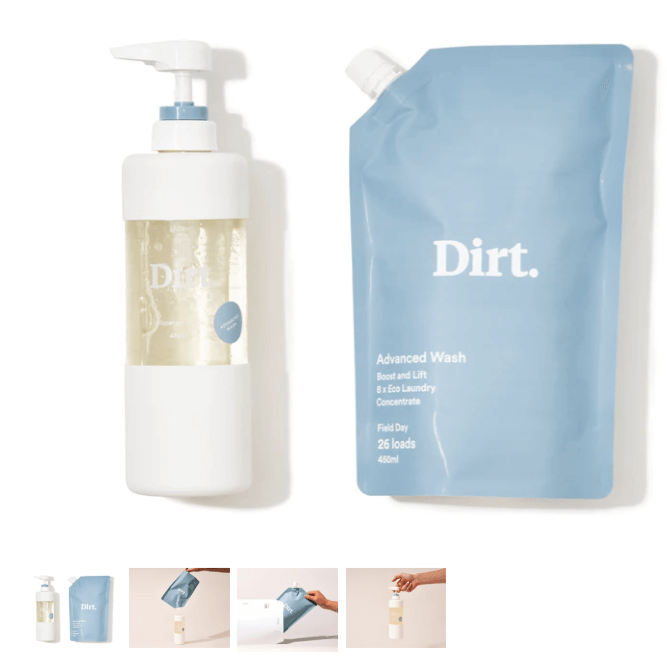
Frankie’s Philosophy on Product Development.
Fundamentally, getting a product out to market is the only real way to test, and the ‘rough, rough, good enough’ approach she learned through ideating advertising campaigns has been Frankie’s enduring mantra.
People connect to the idea of a product more than the tiny details, so it’s vital to get the concept and the big emotional story across. That enables early adopters hungry to try something new to connect with the philosophy and not get caught up in the fine details of execution.
Getting people excited about a product is more about the story, so arming them with the handles they can use to share that story is more important than focusing marketing on specific product features. That being said, the product still fundamentally needs to be at least as good as anything else. Ticking off the functional benefits in product development first allows you to leverage the emotional and sustainability story as the core of your marketing.
In Frankie’s view, the initial product was not intended to be the perfect product. Rather it was a starting point that was within their grasp both economically and technologically to design and release. From there it is vital to continue to iterate as soon as sufficient cash flow opens up to do so.
Customers are (much) more important than competitors
Its very easy to stunt your own thinking by looking at what competitors are doing. Focusing too much on what others are doing can cut off your ability to walk your own path.
Instead, it is far more critical to focus on feedback from your customers. Engaging customers in the product design process is actually a hugely powerful strategy, but not necessarily simple. It’s important to always have a very clear idea about what you want to find out from your customers – the more targeted you can be, the more specific and actionable the feedback will be.
Engaging customers directly can be hugely insightful, and often you’ll learn things you weren’t even looking for, including who your customers perceive your competition to be. Often you’ll realise you’re comparing your brand to the wrong competitors!
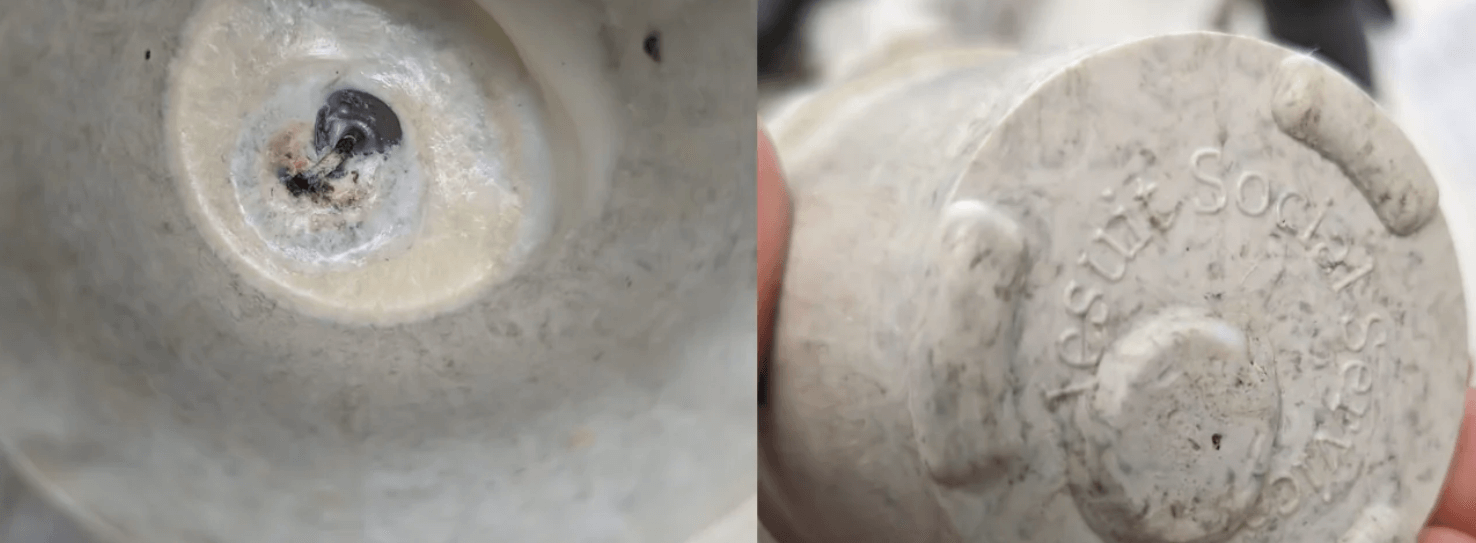
How Important is the Impact story to Dirt’s Customers?
Vitally important, but not necessarily in the way you might think. The ‘change the world’ message is becoming really exhausting.
Instead, Dirt focuses on simply showing how using their products make it easy for the customer to live more sustainably. Rather than making claims about how they are saving the world, Frankie’s approach is to focus on how the brand is constantly exploring how to do things better, reduce their footprint and increase the customer’s impact. In other words, it’s about the journey rather than the big show.
Engaging customers in that journey has been key to building a really loyal customer base. After all, in an age of content, sharing the journey is a rich source of content that is always authentic.
Even though the brand donates 50% of profits to things like ocean clean-ups and other activities the team believes in, it’s the real hard work, done in-house that everyone is more connected to. So ultimately impact isn’t about saying more, it’s about actually doing and trying more.
Congruency of message is critical. It’s no longer possible to back-fill a ‘Why’ (brand purpose) – you have to live and breathe that from the ground up otherwise it feels inauthentic.
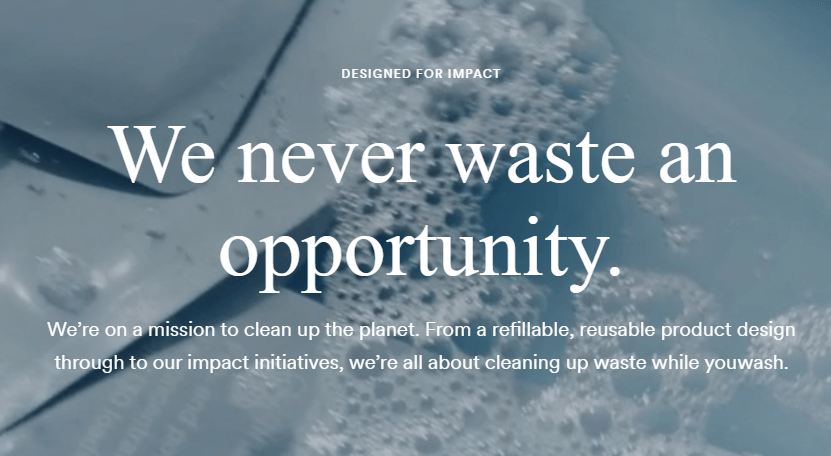
What’s next for Dirt?
The recycling part of the business is still very much in its nascency, so the team still have a lot of exploration to do to scale that up. In the laundry area the brand will continue to focus on user experience and ensuring their products are accessible. To try out the range of sustainability products head over to thedirtcompany.com.au
Top Takeouts
I hadn’t heard the term ‘rough rough, good enough’ before, but I do agree that if you’re not slightly embarrassed about the first release of a product, you’ve probably waited too long to release it!
You can do all the lab testing and closed-doors usability testing you want, but at the end of the day you’ll never really know if you’re on the right track without real world customer feedback.
That being said, releasing a terrible product can obviously cause irreparable brand damage, so ‘good enough’ does have to be taken seriously, but when it comes to sustainability, you actually have an advantage over non-sustainable brands – you have a story they care about. It’s vital to sell that story hard with imperfect new products so that customer buy into the concept, allowing them to identify yet forgive you for any perceived weaknesses your initial version might have.
Then, when it comes to improving your product, Frankie’s view is if you find yourself thinking it would be better if – then you probably do have more work to do, but be guided by your customers again, not your pre-conceived expectations, and certainly not what your competitors are doing!
And that brings me to me second take out, the perils of brand jealousy. Just because another brand in your space is doing something does NOT mean its relevant for you to copy. It’s great to be aware of pathways your competitors are following, but you never really know how well a new feature is received – all you get to see is their marketing spin.
Even if they do have a good idea, it doesn’t mean you can copy it successfully, economically, or even that it makes sense for your brand or your customers.
Lastly, I do want to come back to this concept of the journey of discovery. If you’re operating in sustainability, you’re at the leading edge of brands. Nothing is perfect, the best choice today does not mean it will still be the best choice in 2 years.
To keep moving on the edge, and like Frankie be pushing the boundaries of whats possible means two very important things.
Firstly, not everything is going to work as well as you’d like, because this stuff is hard.
Secondly, if your customers are following up, than means they’re on the edge too! You owe it them to invite them in and communicate with them about your Journey.
As Frankie quite rightly pointed out, Journeys make for great content, and since we’re in an age of content, you’re really missing a golden opportunity if you’re not sharing your journey with customers, letting them know the highs and lows and educating on just how difficult it can be. I know it can make you feel vulnerable to share that content, but that’s exactly what makes customers love you more.





